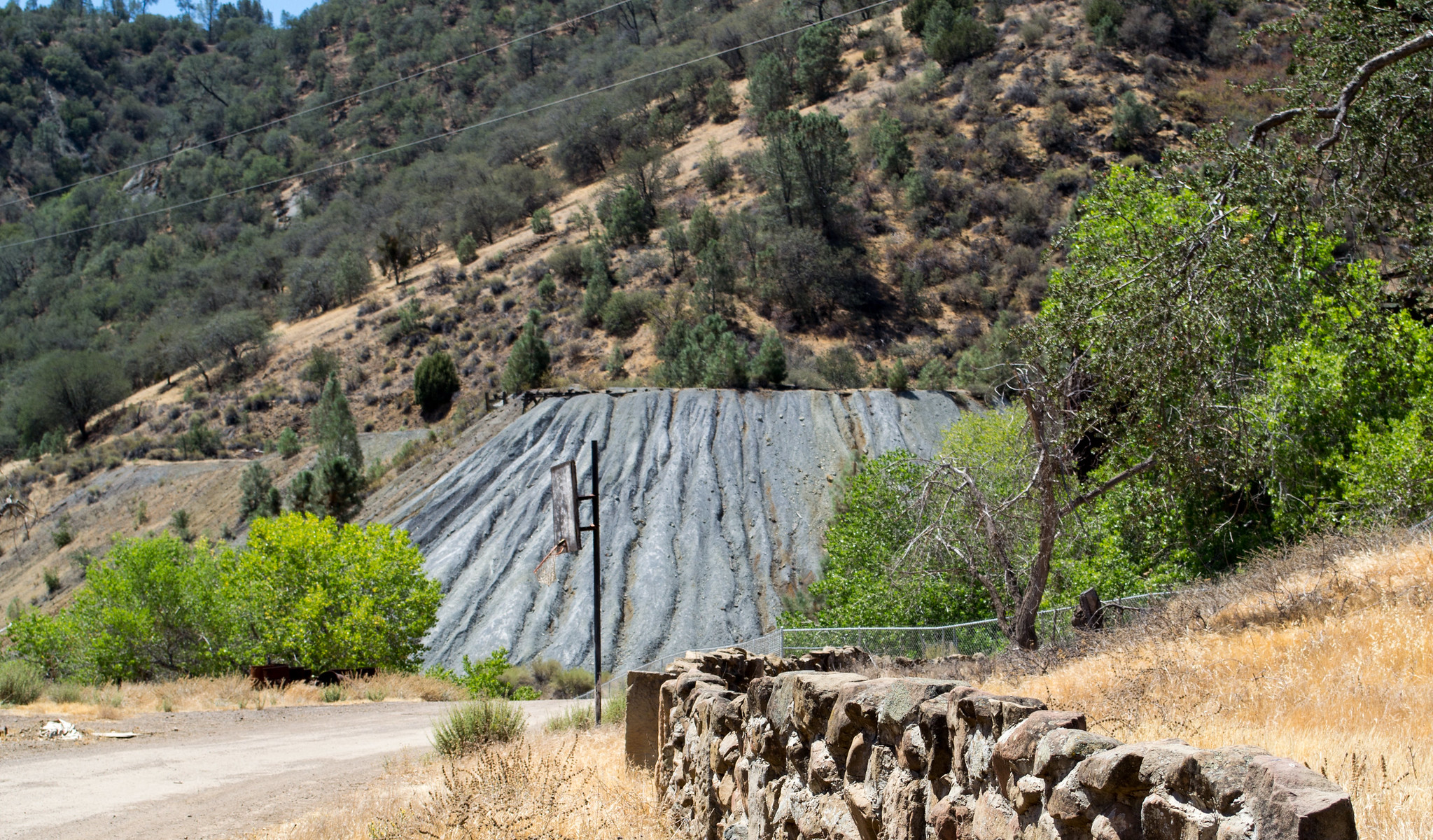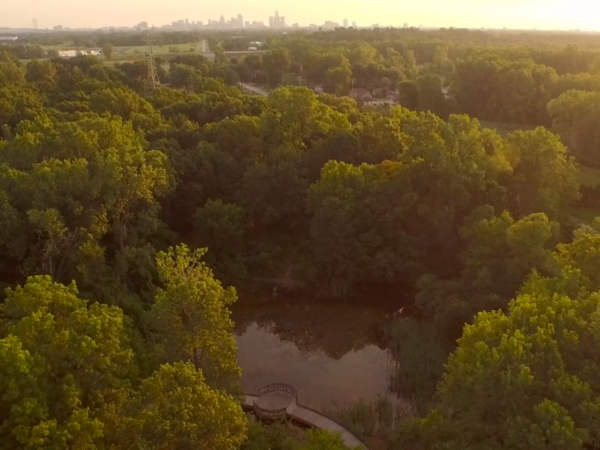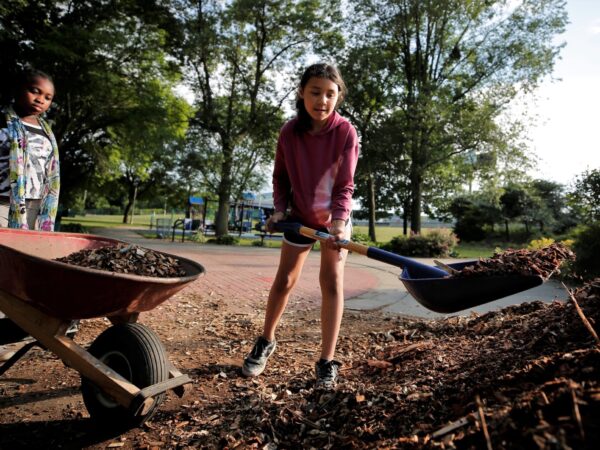
By Judith Lavoie, The Narwhal
 This story originally appeared in The Narwhal and is republished here as part of Covering Climate Now, a global journalism collaboration strengthening coverage of the climate story.
This story originally appeared in The Narwhal and is republished here as part of Covering Climate Now, a global journalism collaboration strengthening coverage of the climate story.
New global industry standards for dealing with mine waste are not enforceable, fail to set measurable standards and will not protect communities, workers or the environment from disasters such as the 2014 Mount Polley spill or the deadly 2019 Brumadinho dam failure in Brazil, says an international group of scientists, community organizations and non-profits.
The global industry standard of tailings management — overseen by the United Nations Environment Program, the International Council on Mining and Metals and the Principles for Responsible Investment — aims to improve management of mine waste “with an ambition of zero harm to people and the environment,” according to Bruno Oberle, chair of the Global Tailings Review.
Oberle said in a news release he wants an “independent body” to oversee the standard and is calling on governments, mining companies and investors to work together to make tailings dams safer, but did not specify the makeup of such a body.
Tailings are waste material that remain after the mining process and are commonly stored as a slurry behind dams.
During the last decade, tailings spills have damaged 2,100 kilometres of waterways, claimed 482 lives and, with 71 known failures, more than 100-billion litres of mine waste has been spilled.
The global standard, released Wednesday, aimed to address some of the problems. But according to an international group which compiled its own study last month with 16 guidelines, the standards miss the mark.
A comparison of the two reports, put together by the U.S.-based Earthworks and MiningWatch Canada, is marked with red crosses and one solitary green tick.
Nine of the 16 guidelines were not met, six were partially met and only one — the need for a comprehensive performance management program for tailings facilities — was fulfilled.
The standard is voluntary, with no implementation or enforcement mechanisms, and no consequences or penalties if companies fail to meet requirements, the organizations said in a news release.
“The group is extremely concerned that the Industry Standard would mandate the safest design only if a dam failure could potentially cause the loss of 100 lives or more, or disrupt 5,000 people or more, or lead to damages of $1-billion or more,” the statement reads.
Concerted state efforts are needed to enforce a global standard rather than leaving it to industry self-regulation, said Ugo Lapointe, MiningWatch Canada program coordinator.
The group is calling for an international multi-stakeholders meeting with state regulators and an independent study to look at the best way of regulating mine tailings standards.
Richard Harkinson of London Mining Network told The Narwhal that an independent international tailings dam monitoring organization is needed and governments should hand over lists of dams that are of concern.
The organization should be empowered to inspect the dams and, if necessary, demand improvements, backed by legally enforceable penalties for non-compliance, Harkinson said.
The global standards do not protect sensitive areas nor do they put safety before cost considerations, Harkinson said, pointing to a failure to ban upstream dams and dams immediately upstream of communities.
Upstream dams are built up gradually during a mine’s life with additional, higher dams built upstream of the existing dam, on top of settled tailings.
“There is no move to ban riskier practices,” Harkinson said.
That means disasters such as Mount Polley could happen again, said Harkinson, who noted that panel recommendations resulting from the B.C. dam collapse, which sent 24-million cubic metres of mine waste into Quesnel Lake and surrounding waterways, have not all been implemented.
The lack of insistence on community consent is a concern, said Loretta Williams of First Nations Women Advocating Responsible Mining.
“We’ve seen the disasters of Mount Polley mine and other failures worldwide grossly impacting Indigenous communities, neighbouring communities and the lands and watersheds they protect,” she said.
“The free, prior and informed consent of local communities is essential to improving the safety of mine tailings storage.”
Salmon Beyond Borders, a campaign seeking to protect communities and habitat along the B.C.-Alaska border, said the standard fails to address concerns about mining companies looking to build in watersheds shared by multiple jurisdictions.
“It’s outrageous that if one of British Columbia’s mine waste dams fails and wipes out the pristine Inside Passage waterways and southeast Alaska’s billion-dollar salmon industry, we currently have no way to hold Canada accountable,” director Jill Weitz said in a statement.
The industry standard also allows involuntary resettlement of people — a practice denounced by human rights organizations.
Dave Chambers of the Center for Science in Public Participation told The Narwhal the standard does not put safety first, which shows the lack of input by the general public.
The document acknowledges that mining companies should take responsibility and prioritize safety, “but does not actually require that safety take precedence over economic and other considerations,” he said.
Chambers worries about the lack of accountable performance measures for the industry.
“They were afraid to get into financial assurances. They say calculate the costs and let everybody know what they are, but they don’t say you have to have financial assurance,” he said.
Industry would have to obtain comprehensive reports on possible problems, but would then be able to publicly issue a summary, Chambers said.
“That’s a gap you could drive a semi through. If a company gets to edit the technical report they can take out what they want,” he said.
“They say you’ve got to do a failure model, but it doesn’t say you have to do a worst-case failure model. . . . Regulators and the mining companies don’t want to talk about that, but the public should know what the worst case is,” Chambers said.
Most dam regulation is regional, so anyone anxious about mine construction in their area should be talking to their local governments, he said.
A B.C. Ministry of Energy, Mines and Petroleum Resources spokesperson said the ministry participated in the global tailings review, with Oberle visiting B.C. sites and holding discussions on the province’s regulations and policies.
The ministry is now conducting a detailed review to determine whether further changes to B.C.’s regulatory framework are needed “to ensure the province’s regulations continue to reflect best global practices,” the spokesperson said.
Changes were made to standards and oversight of tailings dams following the Mount Polley disaster and one of the first audits by the newly-created mine audits and effectiveness unit will focus on tailings storage, the ministry said.
Read more news on mining on Great Lakes Now:
Conflicted Over Copper: How the Mining Industry Developed Around Lake Superior
Conflicted Over Copper: PolyMet copper-nickel mine has been trapped in litigation
Conflicted Over Copper: Technological advances clash with environmental concerns in Twin Metals case
Dependable or Disaster: Safety of Canadian company’s plans for mining in the U.P. under debate
Featured image: In Idria, Calif., not far from the processing facility and just down the hill from the residential area, is a stone wall and then leftover tailings from the now-closed New Idria Mercury Mine. (Don Barrett via Flickr CC BY-NC-ND 2.0)




